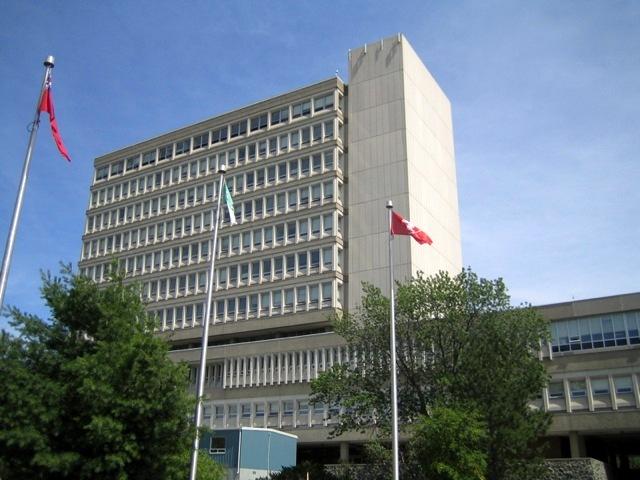Commentary
If you want stability, a university is one of your best bets. Some of Canada’s oldest universities are well over 100 years old and still going strong.

If you want stability, a university is one of your best bets. Some of Canada’s oldest universities are well over 100 years old and still going strong.